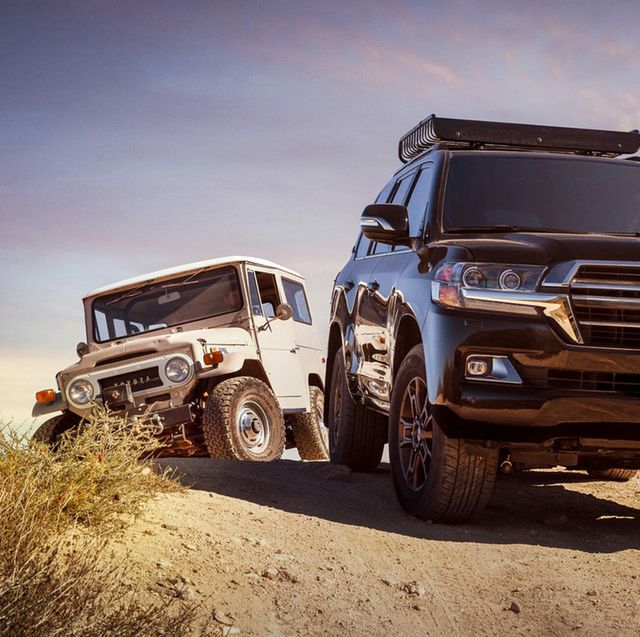
"From War-time Inspiration to Off-Road Legend: The History of the Toyota Land Cruiser"
Share
The Toyota Land Cruiser is a vehicle that has stood the test of time, becoming an off-road legend in its own right. This iconic vehicle was first introduced in 1951 and has since undergone several transformations to become the robust, capable vehicle that it is today.

The history of the Land Cruiser begins with its inspiration - the American Jeep. During World War II, the Jeep proved to be an invaluable tool in rugged and challenging terrain.

After the war, Toyota engineers saw the potential of this type of vehicle in their home country of Japan, where rough, rural landscapes were the norm. They set out to create a similar vehicle that could handle the harsh conditions of the Japanese countryside, while also being adaptable for transportation and other commercial purposes.
The result was the first-generation Toyota Land Cruiser, the BJ model. This early version was based on the Willys Jeep and was equipped with a 3.4-liter inline-six engine.

It featured body-on-frame construction, which provided excellent off-road capability but made it less suitable for on-road use.
Over the years, the Land Cruiser evolved to include different models and engines, each tailored to meet the specific needs of its intended audience.
One of the most popular models, the FJ40, was known for its off-road capabilities, durability, and simplicity.
Today, the Land Cruiser continues to be a popular choice among off-road enthusiasts, farmers, and adventurers around the world.
Its ability to handle harsh conditions, coupled with its reliability and durability, make it an ideal vehicle for a wide range of applications.
